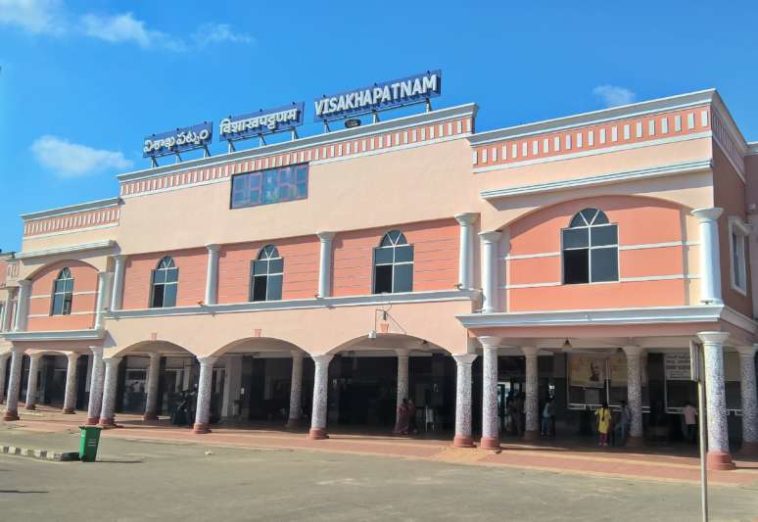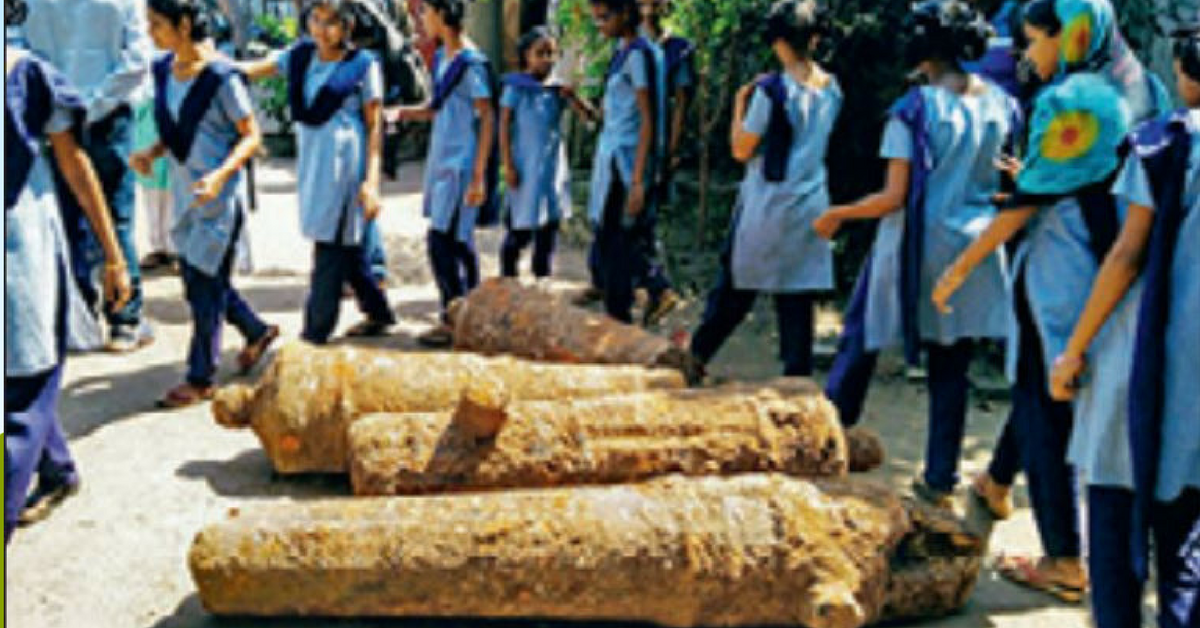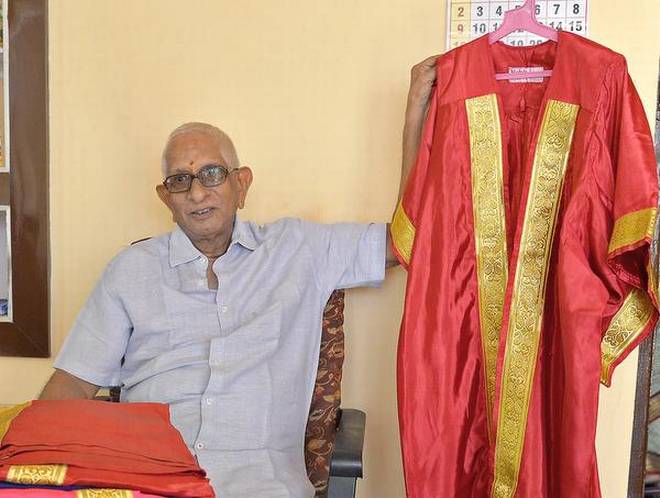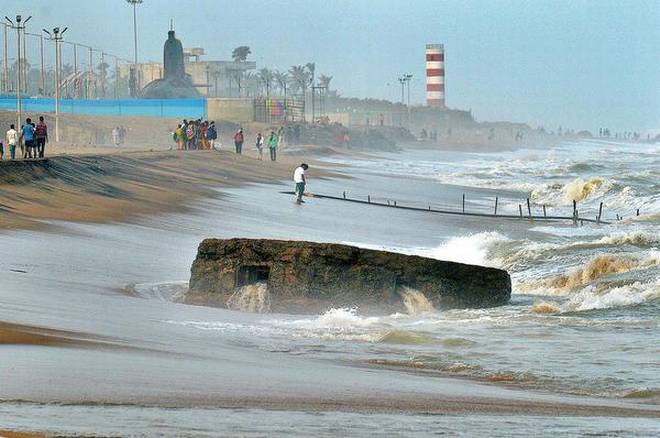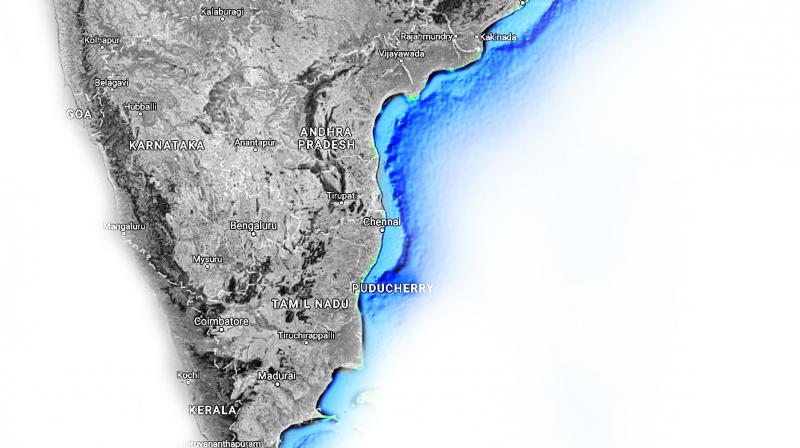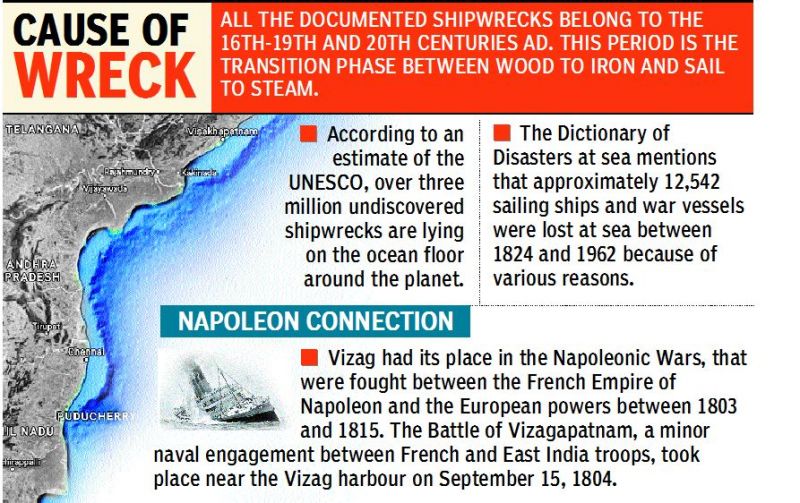A silent reminder of a significant chapter of Visakhapatnam’s maritime history, the World War – II pill boxes or bunkers dotting the shores of the coast, resurfaces every year during monsoon when the eroded sands uncover these concrete structures hidden beneath for decades.
Lack of any effort to restore and conserve these historical concrete fortifications, vagaries of nature over the years and public apathy have left these pill boxes in a state of utter neglect, serving as a painful reminder of an earlier time, slowly crumbling back into the sea.
Maritime history
At a time when the Tourism Department in association with the district administration is making efforts to create a maritime museum circuit along the beach road, these vintage pill boxes cry for attention. According to historians and retired naval personnel, these pill boxes are a significant link to the maritime history of the region, which should be restored and included in the maritime historical circuit at the Beach Road where the latest addition is the upcoming museum project of the decommissioned TU 142 fighter aircraft.
Speaking to The Hindu, (Retd.) Cdr B.L.N. Rao, secretary of Navy Foundation – Visakhapatnam Chapter, said: “There are four such pill boxes spotted along the Vizag coast. The one at R.K. Beach is still in good shape and can easily be retrieved. Once it resurfaces from the sand, iron sheets can be kept all around it, the remaining sand can be dug till the base of the structure and with the help of hydraulic jack it can be lifted and shifted.”
Last year, Cdr. Rao had initiated efforts in the restoration of these critical historical pill boxes by taking the VUDA officials around the locations where they are seen. “Nothing much has been done after that,” he said.
The pill box at the R.K. Beach is about 20 to 30 feet wide and 10 feet high. “Similar dimensions of pill boxes exist near Kotaveedhi and Lavender Canal. However, the one near the fishing colony of Jalaripeta is nearly four times the size of the others and is beyond repair. That one was used as the command control centre by the British,” he added.
As conflict in the World War II ramped up, these pill boxes were used to fortify the shores by the British to resist invasion by Japan. According to researchers, most of them were constructed around 1938-1941.
Old timers recollect the presence of another pill box opposite the Naval Coastal Battery which they say was “mercilessly razed to the ground” in the 1960s when the road was being built. “These defence constructions were considered to be highly confidential during WW-II. Hence, there is no proper documentation of the number of bunkers present along the Vizag coast,” said historian Edward Paul.
But recently these secret bunkers have piqued the interest of historians, war veterans and enthusiasts alike – and more people are attempting to discover their locations.
“Proper signage at the locations of the pill boxes can go a long way in showcasing the maritime history of the region,” Mr. Paul added. While efforts to restore a similar British-era bunker discovered inside the Raj Bhavan in Mumbai are being taken, in other parts of the world – the most recent one being in Denmark’s western coast, World War II bunkers have been transformed into museums.
source: http://www.thehindu.com / The Hindu / Home> News> States > Andhra Pradesh / by Nivedita Ganguly / July 24th, 2017
